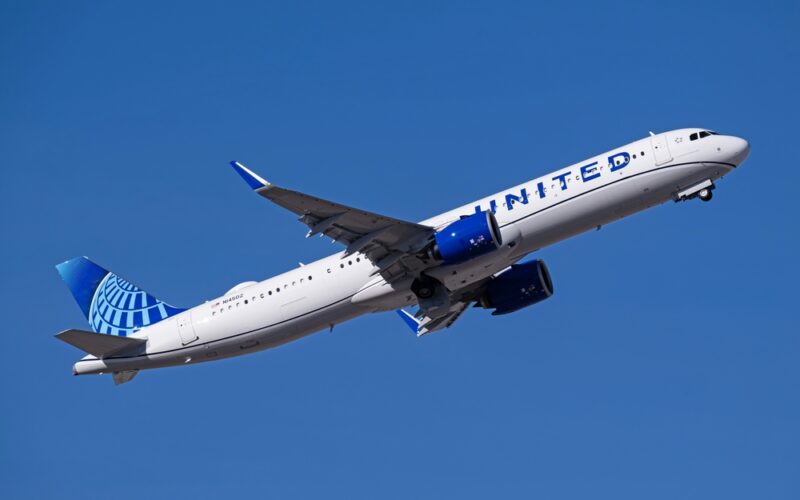United Airlines has been forced to temporarily ground its fleet of Airbus A321neos due to a spat regarding illuminated passenger ‘No Smoking’ signs that has blown up between the carrier and the Federal Aviation Administration (FAA). The issue came to light as United passengers took to social media channels on February 12, 2024, as one after another of the carrier’s flights due to be operated by the type were either delayed or canceled.
The issue appears to relate to a little-known FAA regulation that has not required enforcement for many years. The regulation, known more formally as ‘US code 14 CFR § 121.317(a)’, requires airlines to provide flight crews with the ability to be able to illuminate and extinguish the passenger no smoking signs at their discretion during the various stages of flight.

However, as smoking has been banned on all US airlines since 2000, United elected to remove the flight crew’s ability to select the ‘No Smoking’ signs on or off from its new A321neo cockpits, as the lights (in theory) never need extinguishing in any event and always stay illuminated.
United claims that a simple administrative error has led to the current disruption. In a letter written to the US Department of Transport (DOT), United explains that it already holds an exemption from the regulations for its Boeing 737, 757,767, 777, and 787 aircraft where the No Smoking signs are “hardwired to stay illuminated at all times”. However, as the Airbus A321neo is a new addition to the United fleet, it has not yet been added to that list.
Seemingly, United simply forgot to ask for the same regulatory waiver for the A321neo as for the other airplane types it operates. The airline currently has five A321neos in service, with another 125 on order.
United has stated in its letter to the DOT that a thorough risk assessment carried out by the airline showed that the decision to remove the flight crew’s ability to select the No Smoking signs on or off had no adverse effect on the airline’s safety reliability. United passengers across the US are likely to experience flight disruption in the coming days while United executives try to agree on a resolution with their counterparts at the DOT.

While smoking onboard commercial passenger aircraft has been prohibited for many years, new commercial aircraft are still manufactured today with both ‘No Smoking’ signs and, ironically, ashtrays in some aircraft restrooms too.
Before the in-flight smoking ban came into force in 2000, airlines used to offer dedicated smoking and non-smoking zones on most commercial flights with smoking zones tending to be toward the rear of the passenger cabins. The aim was to separate smokers from nonsmokers to avoid the non-smokers being exposed to the health risks of ‘passive smoking’. However, this thinking was flawed as the smoke from first and business class cabins would invariably drift into the non-smoking sections of economy class regardless.
United Airlines was the first airline to create a dedicated nonsmoking section onboard commercial aircraft in 1971, while Delta Air Lines was the first to fully ban smoking across its worldwide network in 1994.
The ban on smoking on flights in Europe came into force in 1997 after the European Union banned smoking on all member states’ flights. Other countries’ aviation authorities followed in the years following, although China still allowed smoking on commercial flights until 2017.


2 comments
Ryanair was the first airline in Europe to ban smoking on board. It happened in 1990 or thereabouts.
Regardless of the fact smoking on board is prohibited anyway, the crew SHOULD be able to estinguish the signs in specific situations, such as, for example, while refuelling with pax on board/boarding/deplaning.